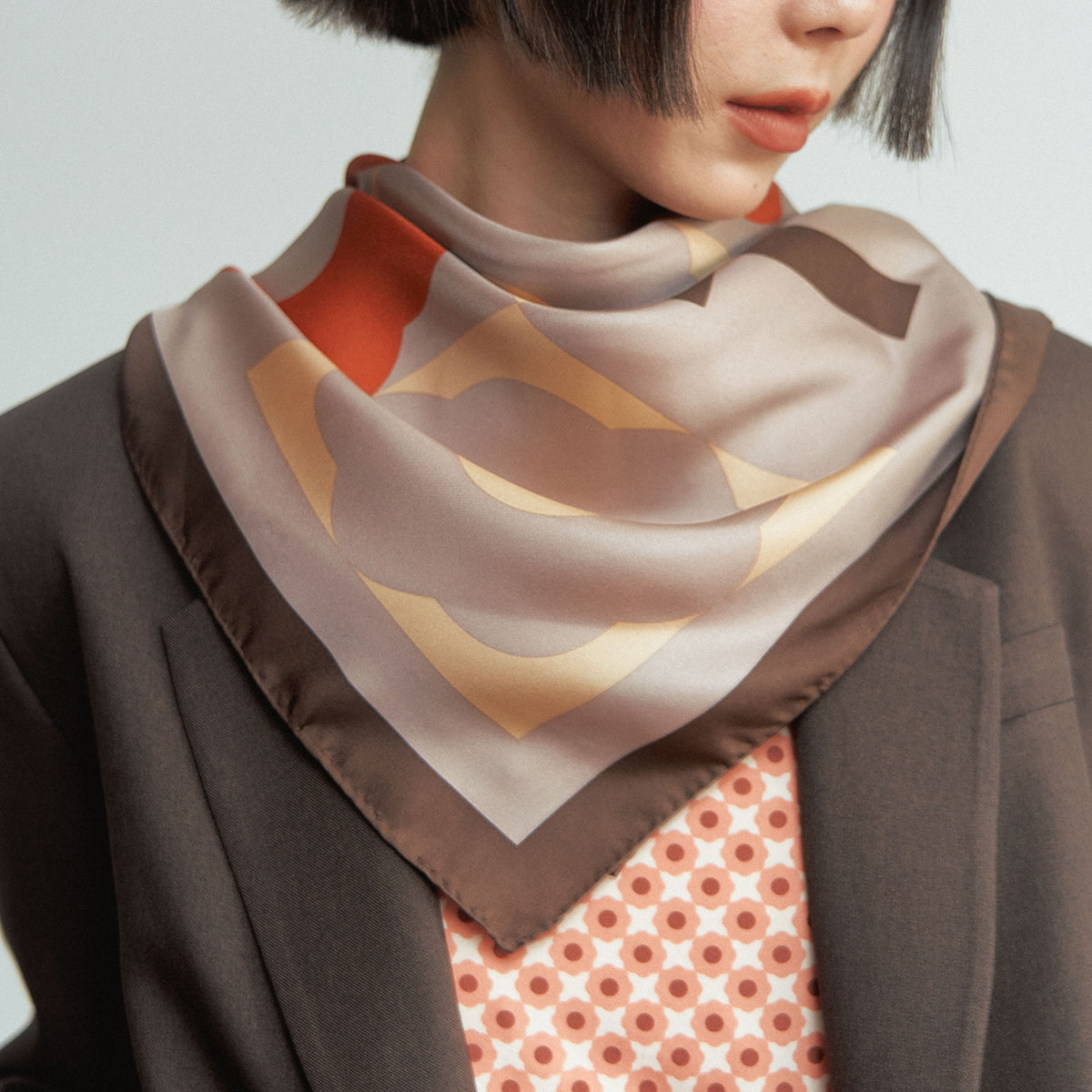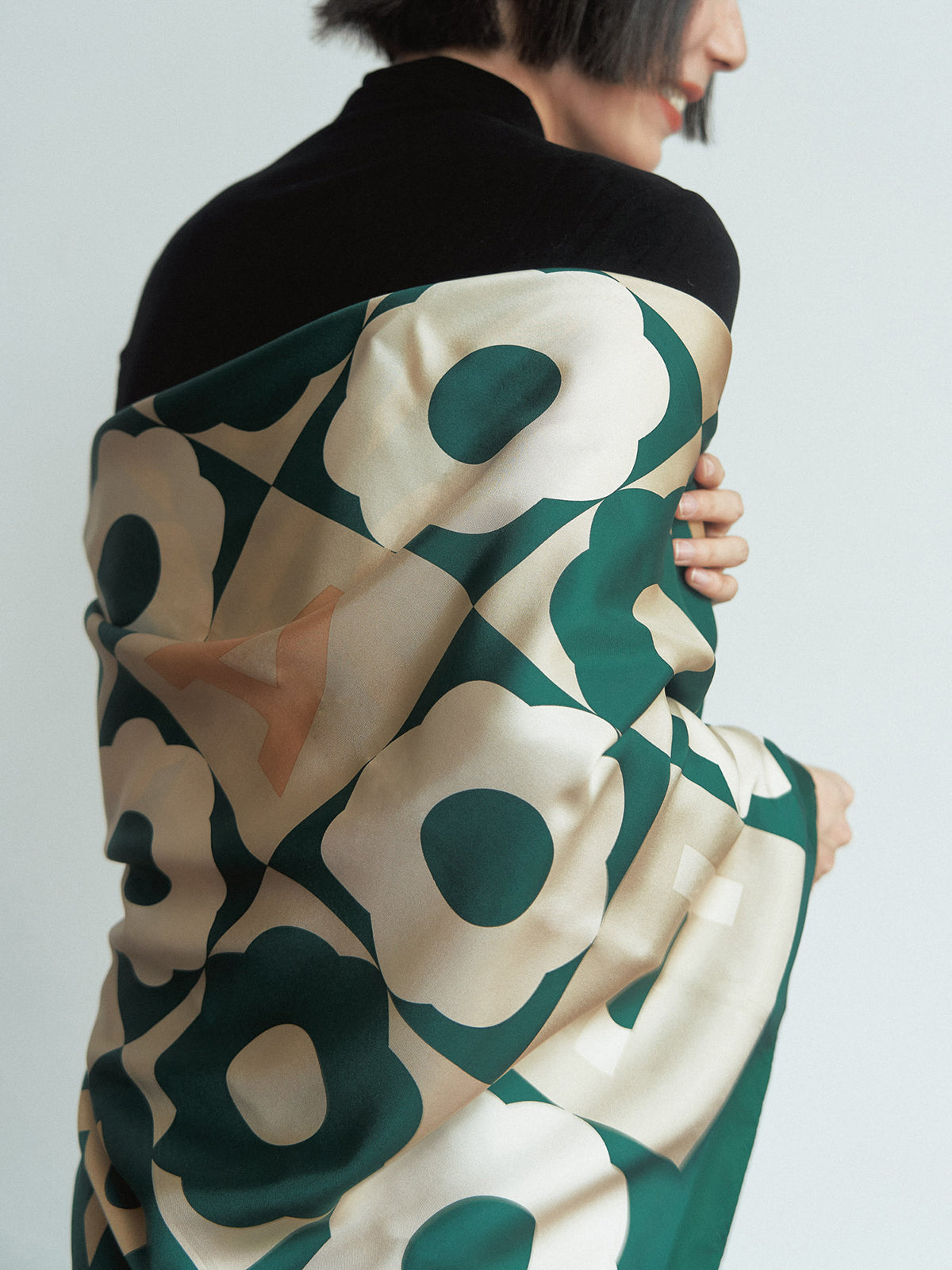Decorative scarves have transcended from being mere accessories to becoming expressions of art, culture, and personal style. The artisans who dedicate their skills to creating these unique pieces play a vital role in this evolution. In this comprehensive guide, we will delve into the intricate world of scarf-making, exploring the techniques, materials, and stories behind these beautiful creations.
Understanding Decorative Scarves
Before we embark on this journey through the craft of scarf-making, it’s essential to understand what decorative scarves are and what makes them distinct.
What Are Decorative Scarves?
Decorative scarves are versatile pieces of fabric that can be worn in various styles. They range from lightweight silk scarves to thicker wool wraps, all designed to enhance the aesthetic appeal of an outfit. Here are some key features:

- Materials: Commonly made from silk, cotton, wool, and synthetic fabrics.
- Designs: They can feature prints, embroidery, weaves, or a mix of techniques.
- Uses: Worn for warmth, fashion, or as a statement piece.
The Artisans Behind the Craft

Who Are the Artisans?
Artisans are skilled craftsmen and women who dedicate themselves to their craft, often passing down techniques through generations. They utilize both traditional methods and contemporary designs to create decorative scarves that tell a story.

Characteristics of Scarf Artisans
- Highly skilled with years of practice.
- Innovative in design and technique.
- Passionate about their craft.

Techniques Used in Scarf Making
The process of making decorative scarves involves various techniques, each contributing to the final product’s uniqueness. Let’s explore some of the most common methods used by artisans.

Hand-Woven Scarves
Hand weaving is one of the oldest techniques used to create scarves. Artisans use looms to intertwine threads, resulting in intricate patterns.

Pros and Cons of Hand-Woven Scarves
| Pros | Cons |
|---|---|
| Unique and one-of-a-kind designs | Usually pricier due to labor-intensive processes |
| Durability and quality | Limited production quantity |
| Supports traditional craftsmanship | May require more maintenance |
Printed Scarves
Printed scarves are often made using digital printing or screen printing techniques, allowing for vibrant colors and complex designs.
Pros and Cons of Printed Scarves
| Pros | Cons |
|---|---|
| Available in a wide variety of designs | Less unique than hand-made options |
| Typically more affordable | Quality can vary significantly |
Crafting a Decorative Scarf: A Step-by-Step Guide
Creating a decorative scarf involves several steps that highlight an artisan’s skill and creativity.
Step 1: Choose Your Material
The first step in scarf-making is selecting the right material. Options include:
- Silk: Luxurious and lightweight, ideal for formal wear.
- Cotton: Breathable and easy to care for, suitable for everyday use.
- Wool: Offers warmth, perfect for colder climates.
Step 2: Designing the Scarf
Artisans often sketch their designs or use digital tools to create patterns that resonate with their vision.
Step 3: The Making Process
Whether hand-woven or printed, this stage involves the actual crafting of the scarf, often requiring precise techniques and great attention to detail.
Step 4: Finishing Touches
This includes cutting, hemming, and ensuring that the scarf is free of imperfections, ready to be sold or gifted.
Finding Unique Decorative Scarves
If you’re inspired to find unique decorative scarves crafted by artisans, consider the following avenues:
Artisan Markets and Craft Fairs
Local artisan markets are treasure troves for unique and handmade scarves. Engaging directly with artisans allows you to learn more about their craft and the stories behind their designs.
Online Artisan Platforms
Websites like Etsy, ArtFire, and local artisan sites provide a platform for artisans to showcase and sell their creations to a larger audience.
Social Media
Platforms like Instagram and Pinterest are fantastic for discovering artisans’ work and their unique creations. Many artisans share their processes and finished pieces through stunning visuals.
FAQs About Decorative Scarves and Artisans
What types of materials are commonly used for decorative scarves?
Common materials include silk, cotton, wool, and synthetic fibers, each offering different benefits and aesthetics.
How can I tell if a scarf is hand-made?
Look for irregularities in patterns, stitching, and materials that indicate a hand-crafted item. Authenticity certificates may also accompany artisanal works.
Are artisan scarves worth the investment?
Yes! Artisan scarves often provide unique designs, exceptional craftsmanship, and support local economies, making them a worthwhile purchase.
Conclusion
Artisans who create decorative scarves pour their heart and soul into every piece they craft. By understanding the techniques, stories, and materials that shape these beautiful accessories, you can appreciate their value beyond aesthetics.
Whether you’re looking for a statement piece, a cozy wrap, or a meaningful gift, supporting artisans not only enhances your style but also encourages traditional craftsmanship that enriches our culture.